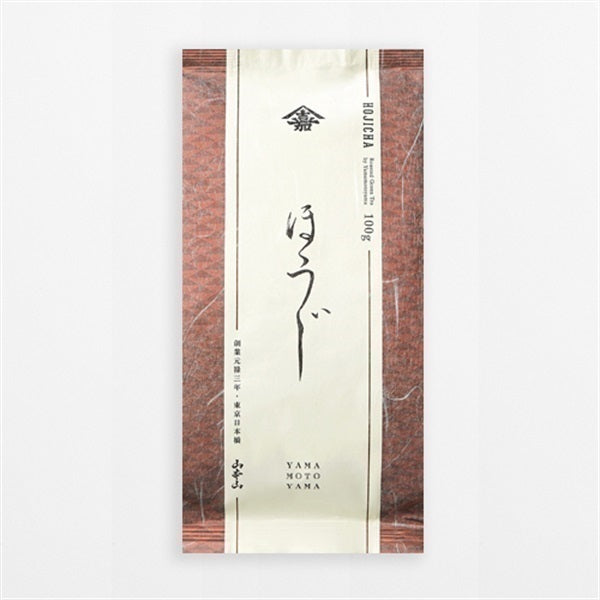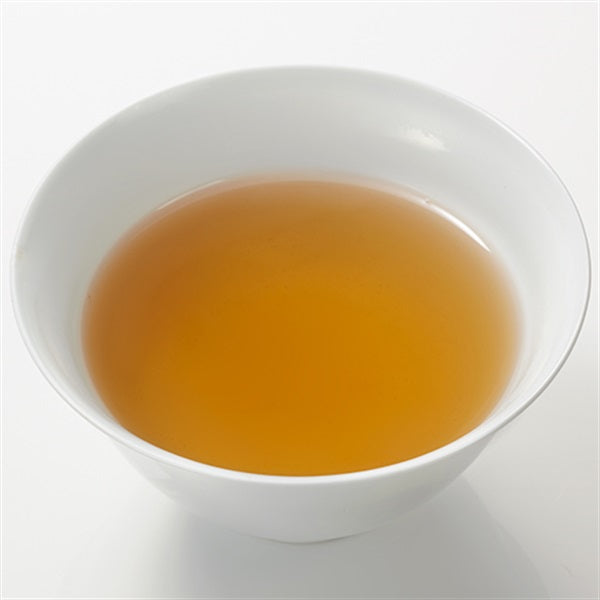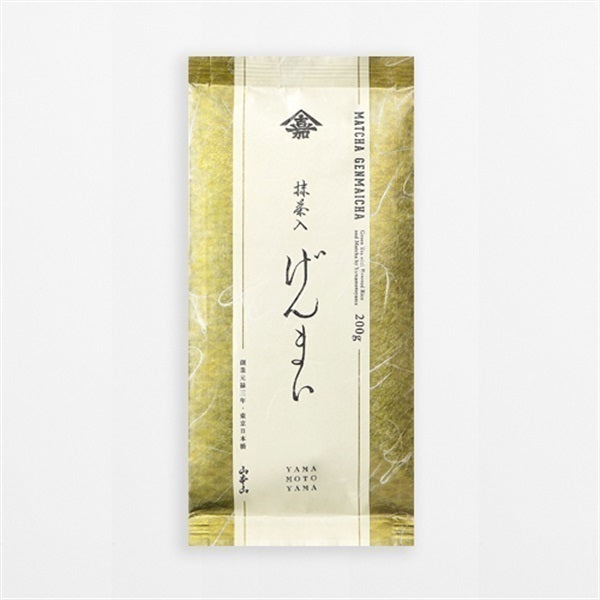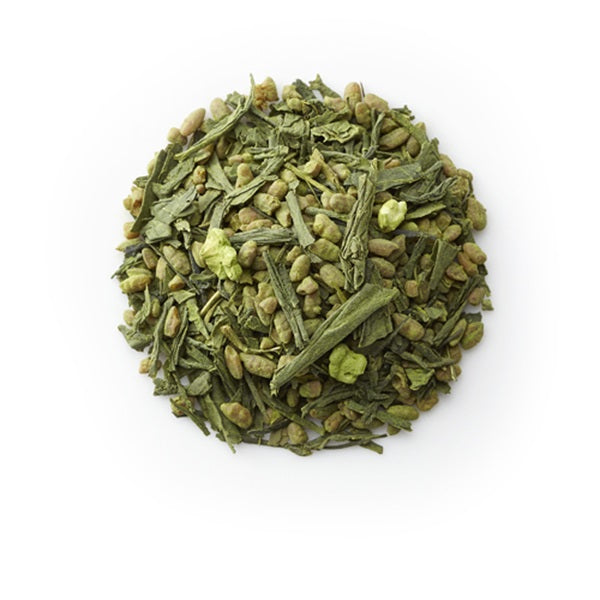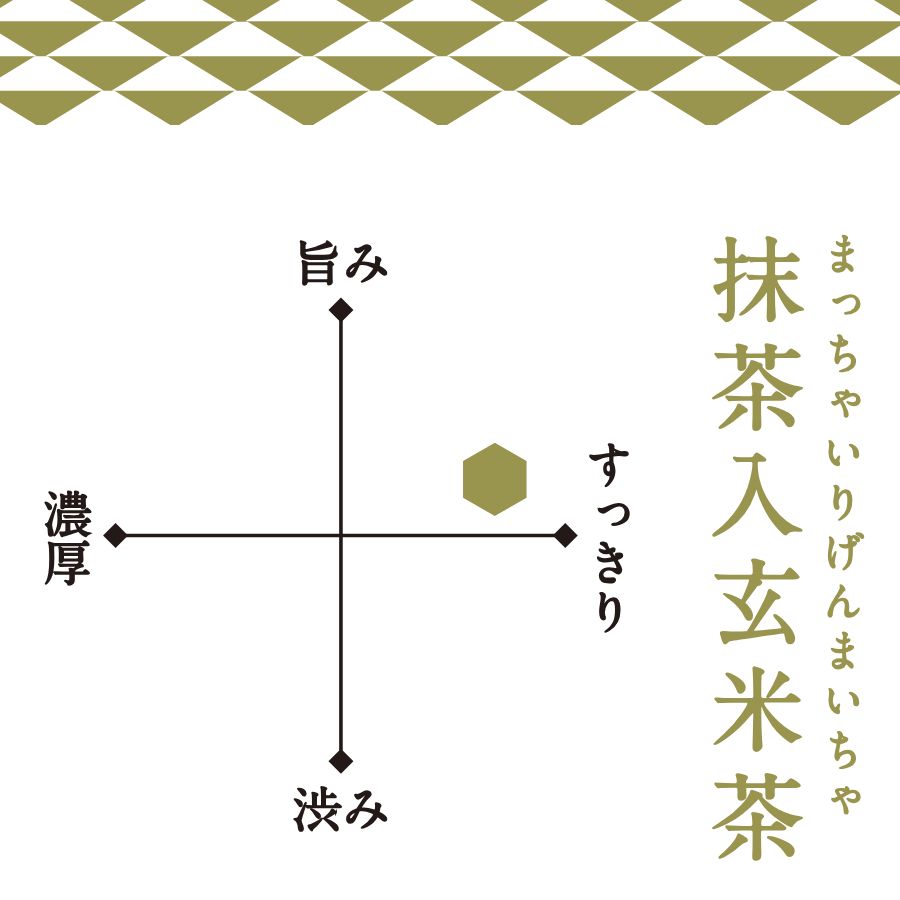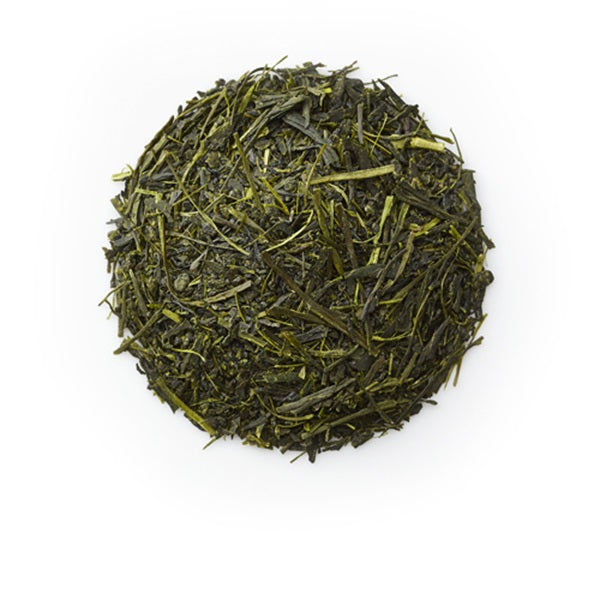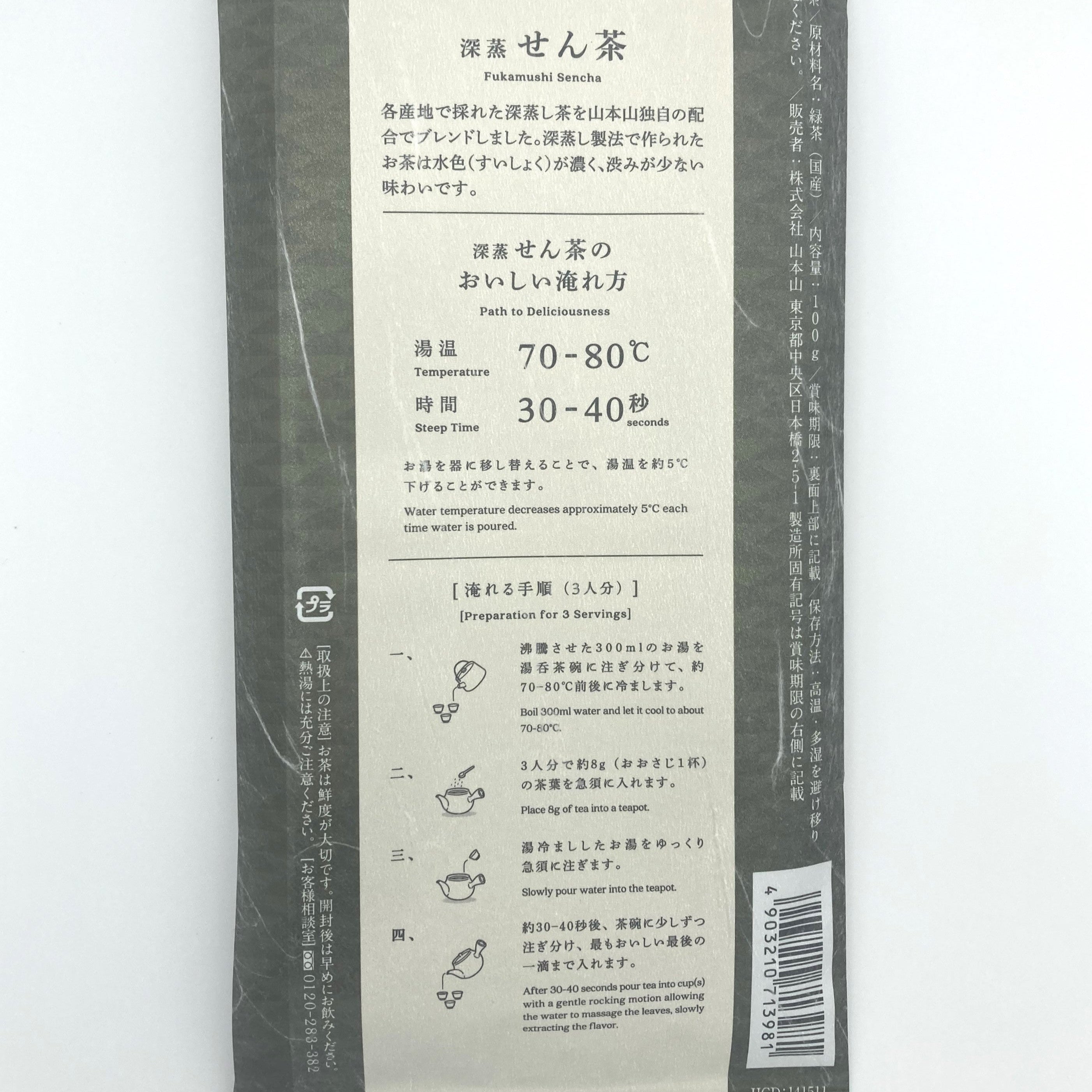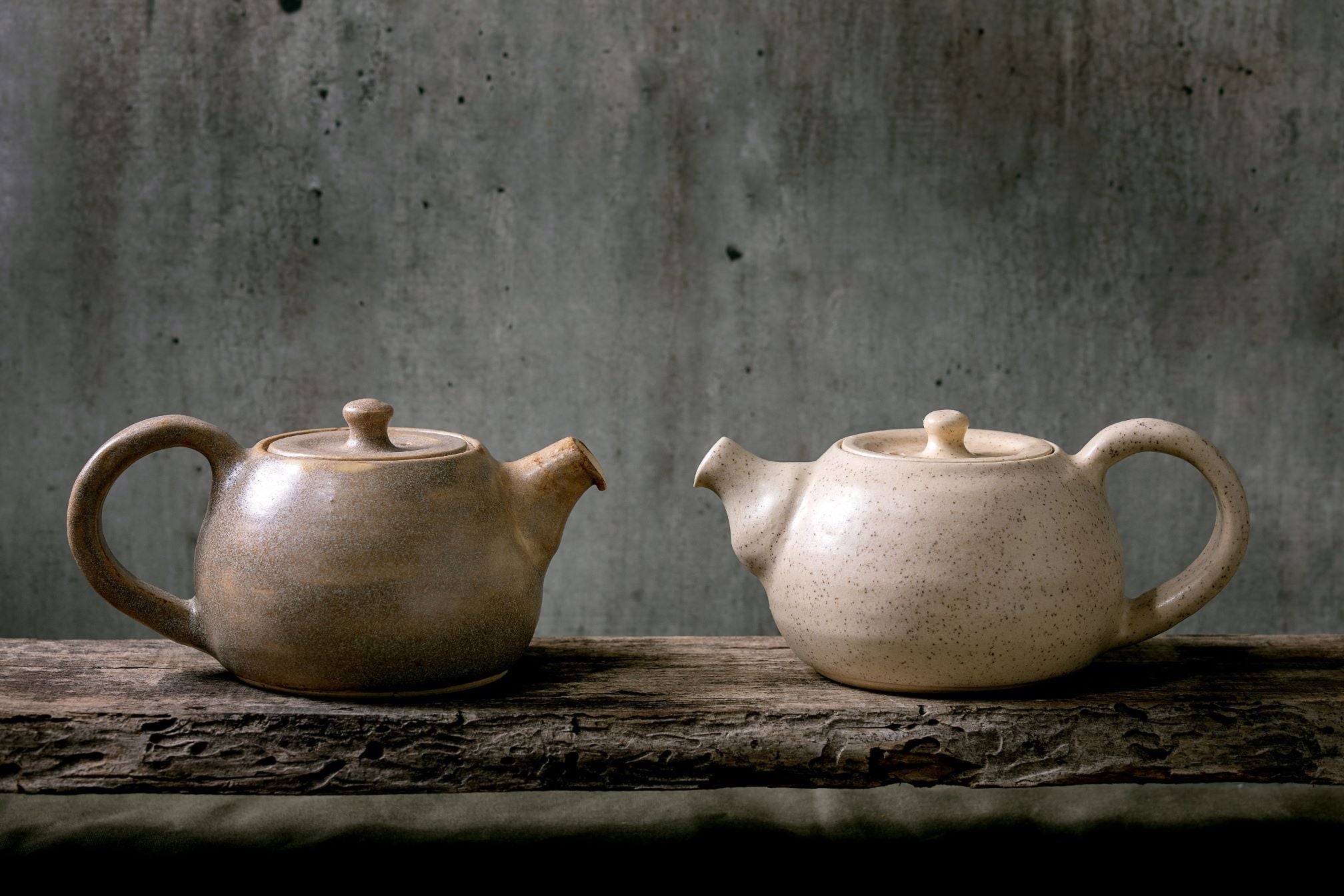
For beginners! How to choose the right teapot and recommendations
Introduction
Some people may think of a teapot as simply a tool for brewing tea, but it is an important tool that affects the taste of the tea.
There are many different types of teapots, and some are better suited for different types of tea.
Choosing the right teapot will help you brew delicious Japanese tea. There are three points to consider when choosing a teapot, so please use them as a reference.

How to Choose a Teapot
When choosing a teapot, pay attention to the position of the lid and the spout.
We recommend that the lid is level with the spout or slightly higher than it, so that you can pour a lot of hot water into it without it spilling over.
These days, most teapots are designed to be spill-proof, but there are exceptions. By checking the position of the lid and spout, you can choose a teapot that will give you peace of mind when you enjoy your tea.

Three points to consider when choosing a teapot
When choosing a teapot, pay attention to the following three points.
1. Easy to hold
Since a teapot is something you use every day, it is recommended that you choose one that fits comfortably in your hand and is easy to hold. Teapots with handles that are too small or have an unstable center of gravity are difficult to use and are likely to be dropped, so it is best to change them.
2. Less likely to get clogged
Clogging occurs when tea leaves get stuck in the mesh of the teapot or pot filter, making it difficult to pour the brewed tea. Clogging causes the tea leaves to have a bitter or astringent taste, so it is important to choose a teapot that allows you to pour tea easily.
3. Easy disposal of used tea leaves
If you spill tea leaves or take a long time to throw away the tea leaves after brewing, you may find yourself drinking less tea because of the hassle of cleaning up. It is a good idea to choose a teapot that allows you to easily throw away the tea leaves.

Points to note when choosing a teapot
It is important to note that just because a teapot has a narrow mouth does not necessarily mean that the liquid will not come out well.
The speed and amount of liquid that comes out can vary greatly depending on the shape of the spout and the balance of the entire teapot.
Catalogs and photographs alone cannot tell you the weight of a teapot, how easy it is to hold, or how it feels when pouring tea.
You can actually touch the various teapots in the store, check out the shapes and sizes, and choose the one that suits you best.

About the size of teapot
Generally, the two most common sizes of teapots used in households are No. 15 (approx. 230-250 ml) and No. 2 (approx. 300-320 ml).
⑴ No. 15 teapot
It is the perfect size for brewing two to three cups of tea. It is suitable for everyday use or for tea ceremonies with a small number of people.
⑵ No. 2 teapot
It can brew five teacups' worth of tea, which is convenient when you want to brew a little more tea, such as when hanging out with family or friends.
When choosing a teapot, consider how many people you usually have with you and how much tea you want to brew at one time, then choose the size that suits you.

About teapot caps
The teapot has a transparent cap on the spout to prevent damage during transport.
Some people mistake it for a cap to prevent dripping, but be sure to remove it when brewing tea.
If you use it as is, tea will drip from the spout and get the cap dirty, so remove it before brewing tea and use it in a clean state.

Representative types of teapots
Horizontal teapot
This is the most common traditional teapot in Japan, with a handle attached to the side of the spout.
The angle of the handle has been designed for ease of use. You can pour tea while holding the lid with one hand, and you can pour tea smoothly into multiple teacups.
Hand-held teapot
This is a teapot with a handle attached above the spout.
They are suitable for brewing tea with hot water, such as bancha, hojicha, and genmaicha. Many of them are large in size, which is convenient for families and when you have many guests.
Iron teapot
It is literally a teapot made of iron.
The advantage of this basket is that it won't break even if dropped, so you can use it for decades, but it is heavy and requires a basket net.
The inside is enameled so there is no need to worry about rust, but the outside is more prone to rust than other teapots and is more difficult to maintain.
Backhand teapot
This is a pot-shaped teapot that originated in China and has a handle on the opposite side of the spout.
It is easy to use with either the right or left hand, and is easy to pour into the teacups of people sitting opposite. It goes well with not only Japanese tea, but also black tea and Chinese tea.
Squeezing
There is no handle, so you hold the body and pour tea into the teapot. The spout is narrow and the tea is poured by dripping it through the small gap.
It is ideal for hand-rolled tea, which has large individual leaves, allowing you to enjoy it until the last drop.
Treasure Aquarium
Instead of using a tea strainer, there are grooves carved into the spout and the tea is poured by straining it through the gaps.
Because it does not have a handle, it is not suitable for tea brewed at high temperatures. It is best suited for tea brewed at low temperatures, such as gyokuro and high-grade sencha.
Brew the tea gently without shaking. Shiboridashi and Hohin are similar in shape, but Shiboridashi are smaller than Hohin and can often be used with one hand. They also have a shallow base and are shaped like a plate.



